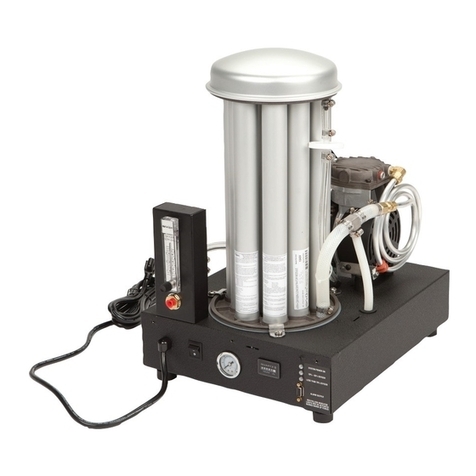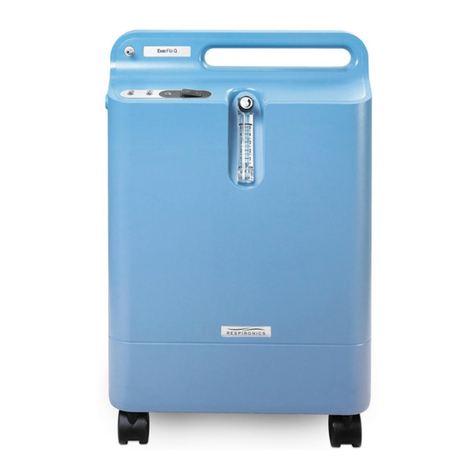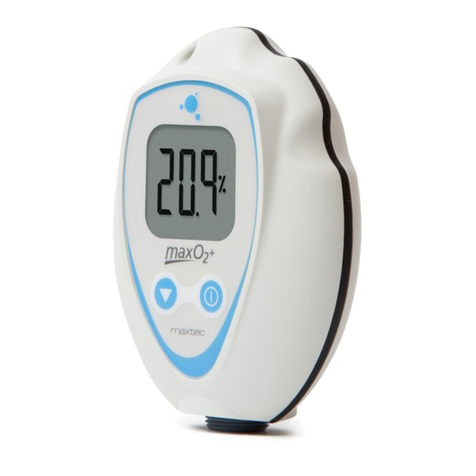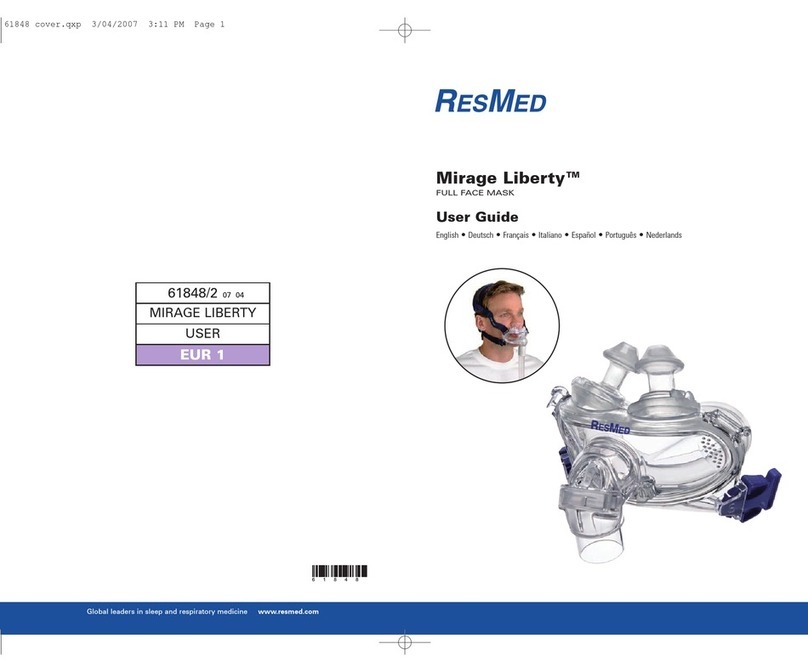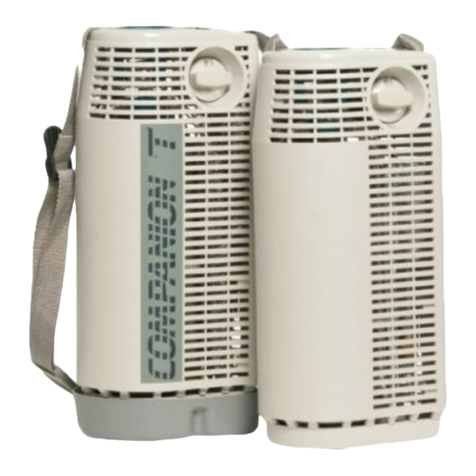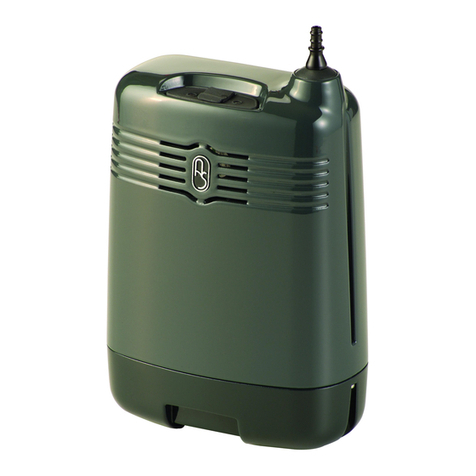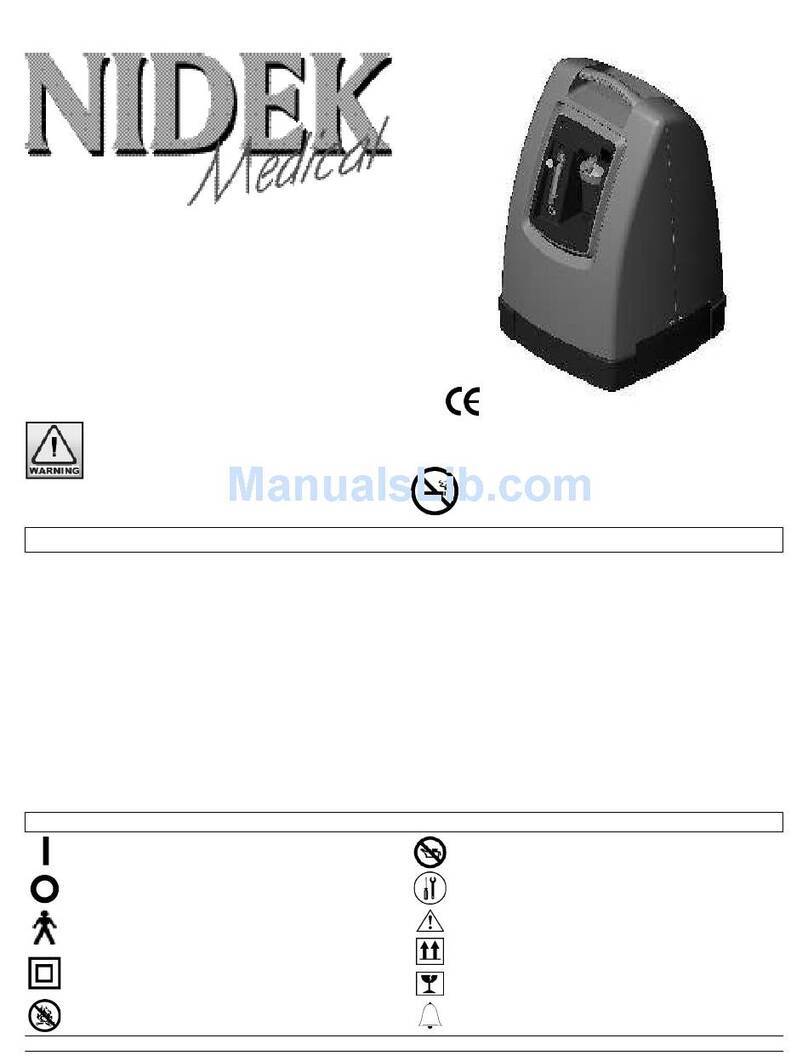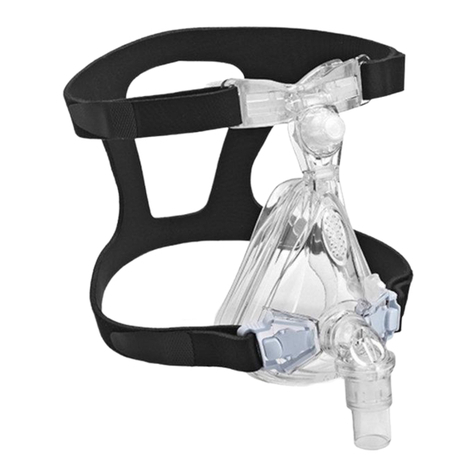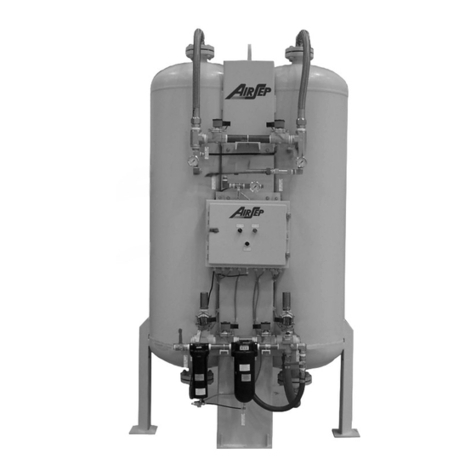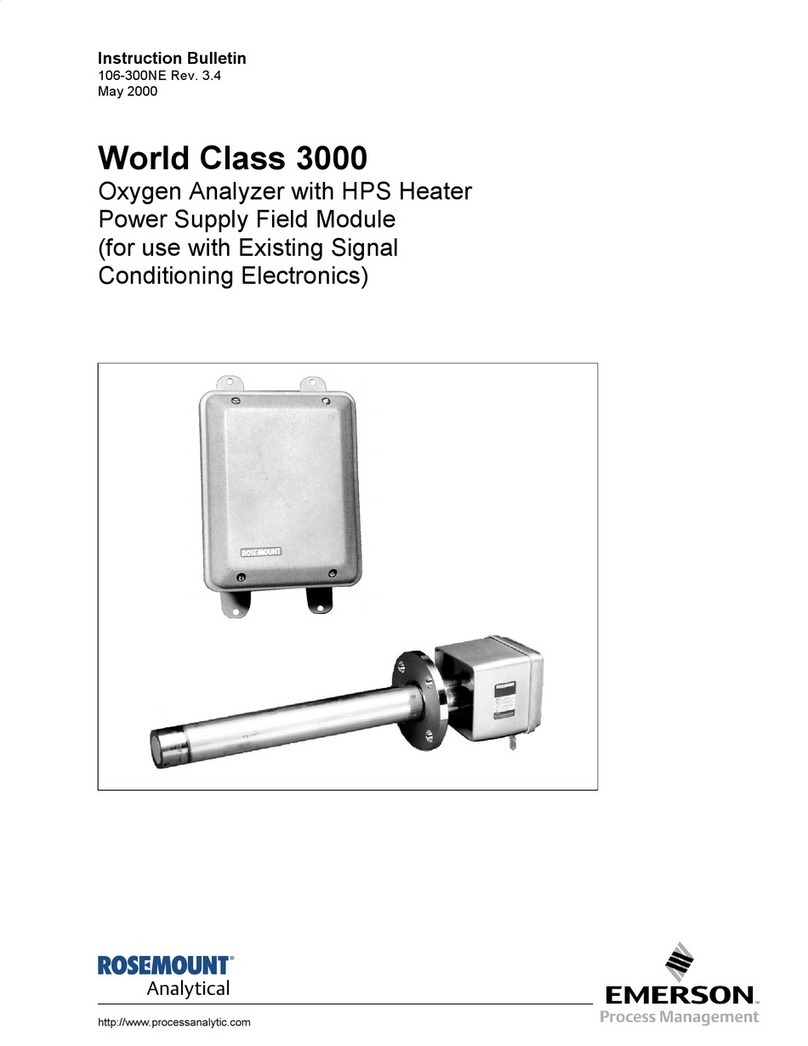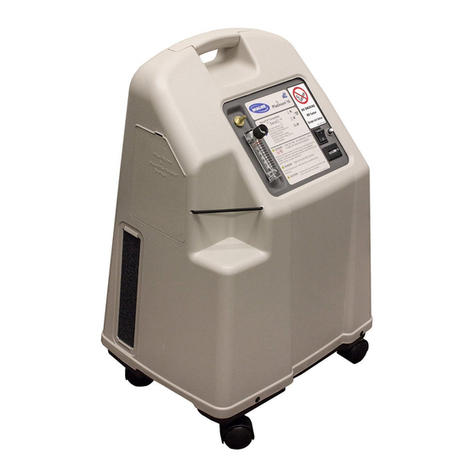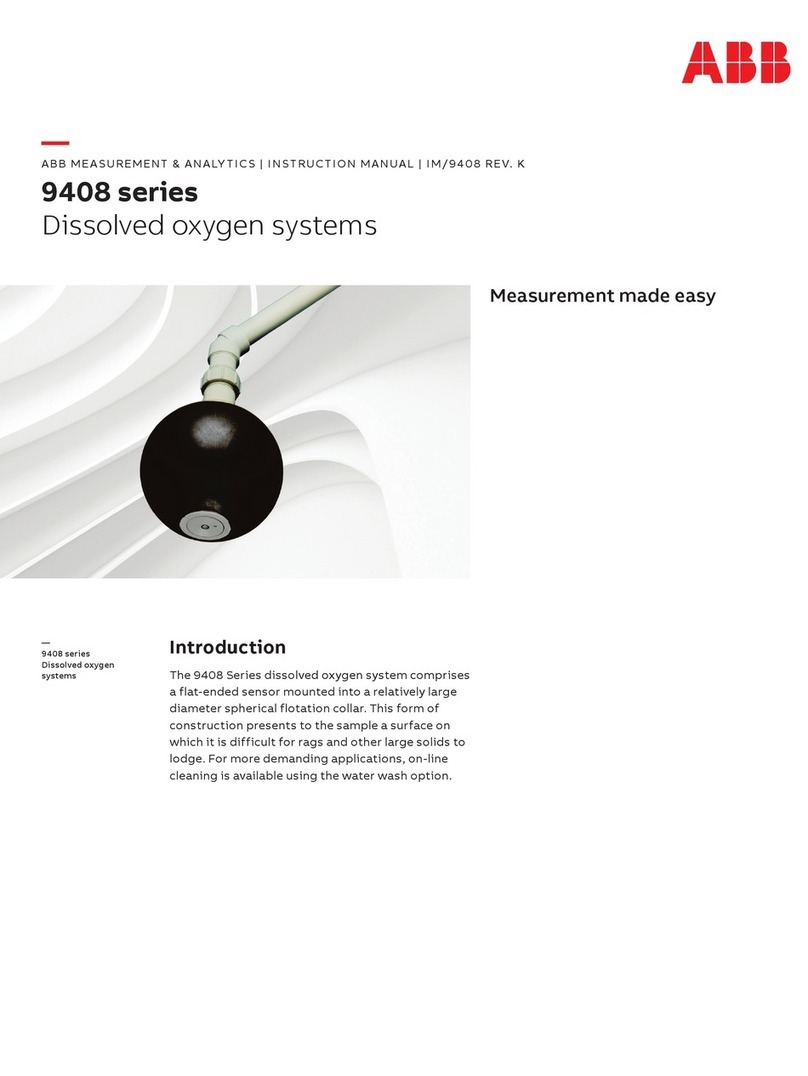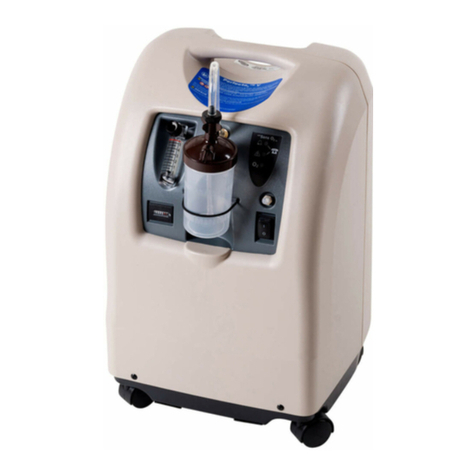
7
1 - USAGE PREVU
Respireo SOFT Baby est un masque nasal destiné à être utilisé
sur des enfants ayant un poids compris entre 3 et 12 kg, pour
lesquels une thérapie de pression positive continue aux voies
aériennes (CPAP) ou de ventilation (Bilevel) à deux niveau de
pression positive a été prescrite.
Respireo SOFT Baby est un masque mono-patient en utilisation
à domicile, mais multi-patient en utilisation hospitalière.
2 - AVERTISSEMENTS
2.1 Le masque doit être utilisé sous la surveillance d’un adulte
capable de comprendre les instructions d’utilisation.
2.2 Le masque dans la conguration avec orices de
ventilation (raccord transparent) ne doit être utilisé
qu’avec les équipements CPAP ou Bi-level (générateurs
de ux) conseillés par votre médecin ou votre thérapeute
respiratoire et opérant à une pression d’au moins 4
cmH2O. A des pressions inférieures, le débit d’air délivré
par la machine pourrait être insufsant et une ré inhalation
des gaz expirés pourrait se produire.
2.3 Il ne faut jamais boucher les orices de ventilation.
2.4 La gamme de pression thérapeutique doit être comprise
entre 4 et 24cmH2O.
2.5 En cas de gêne, irritation ou de réaction allergique à un
des composants du masque, consultez votre médecin ou
votre thérapeute respiratoire.
2.6 En cas d’adjonction d’oxygène avec les appareils (CPAP
ou Bi-level), éteignez le dispenseur d’oxygène quand
ces appareils ne sont pas en marche an d’éviter que
l’oxygène ne s’accumule à l’intérieur des appareils (CPAP
ou Bi-level) pouvant entrainer un risque d’incendie.
2.7 Défense de fumer ou de se servir de ammes libres quand
vous utilisez de l’oxygène.
2.8 N’utilisez pas le masque en cas de vomissement.
2.9 Le masque doit être nettoyé et désinfecté. Pour plus
de détails, consultez le paragraphe NETTOYAGE DU
MASQUE.
2.10 Avant d’utiliser le masque, vériez son intégrité ; s’il a subi
des dommages pendant le transport, adressez-vous à
votre revendeur.
2.11 Seules sont admises les modalités d’utilisation qui sont
expressément décrites dans ce manuel.
2.12 Certains composants du masque, du fait de leur taille,
risquent d’être avalés par les enfants. Ne pas laisser ces
composants sans surveillance. La présence d’un adulte
est toujours nécessaire.
3 - COMPOSANTS DU MASQUE (Fig.A)
a) Corps principal: armature (1), bulle (2), appui frontal (3).
b) Groupe tube: raccord coudé avec fuite calibrée (4), tube (5),
connecteur tournant (6), bouchon (7).
c) Harnais.
4 - PREMIÈRE INSTALLATION DU MASQUE (Fig. B-C)
Raccordez le groupe tube (b) en introduisant la partie sphérique
du raccord coudé (4) dans l’insert du corps principal (a) comme
le montre la gure B1.
L’installation du masque dépend de la conguration choisie
(AVEC ou SANS et appui frontal).
Merci de vous reporter au paragraphe correspondant à la
conguration sélectionnée:
4.1 - Masque AVEC appui frontal (3)
4.2 – Masque SANS appui frontal (3)
FRANÇAIS
